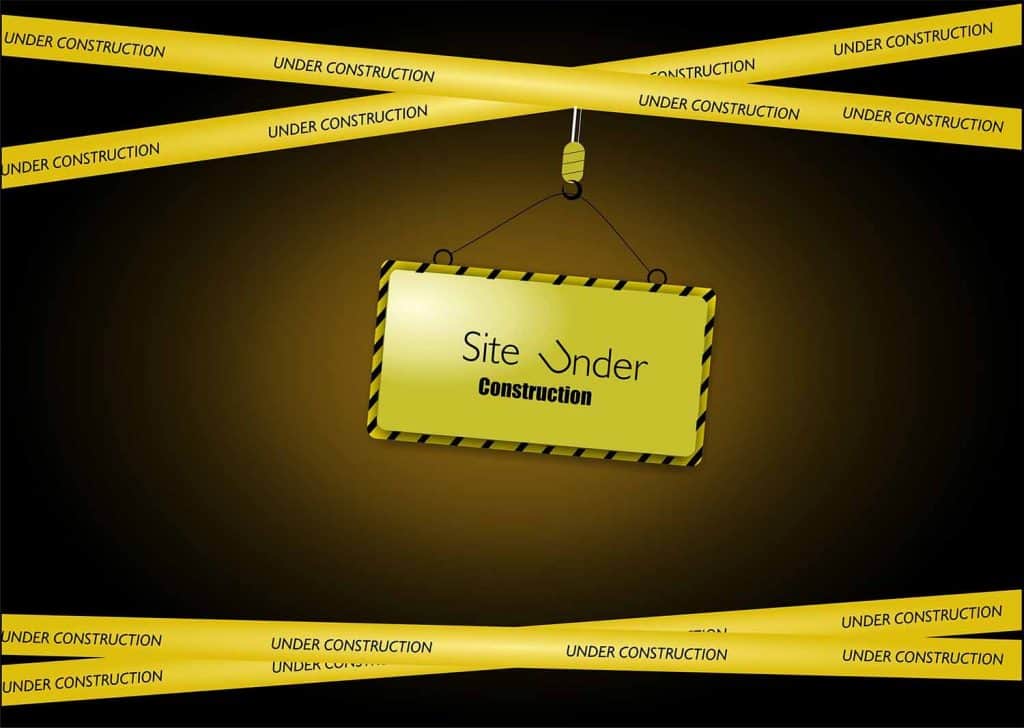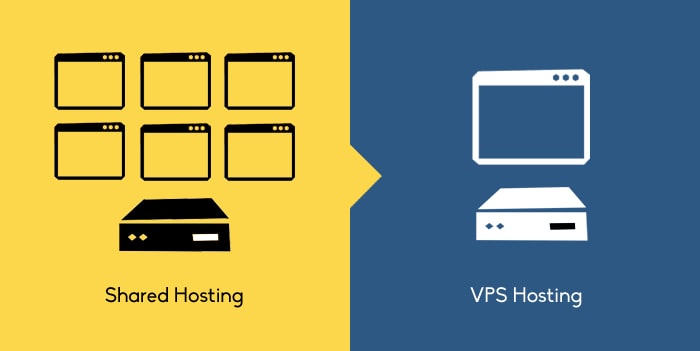“What server configuration will suit me?”, is a question that we hear quite often. Even though we can’t tell you what exactly the best configuration for you is, we can definitely help you with some pointers. We will take them one by one:
1. How much disk space will I need?
- Depends on the size of files that you would need to store on the server. A simple website/blog with primarily static pages, may not take up a lot of space. If you plan to host a video/audio streaming website, you will need quite a lot of disk space. Choose the space appropriately.
- If you are not very sure about the required disk space, I suggest you start with something around 20 GB and upgrade as and when necessary. HDD isn’t very costly (usually).
2. How much RAM will I need?
Depends on the process running on the server. If you have a static website with less than 100 visits per minute, you may not need a bulk of RAM. On the other hand, if you plan to do a lot of resource-intensive processes (like complex calculations, ) or plan to run applications requiring a lot of memory, you may need quite a high value of RAM.
3. What should be my CPU power?
As mentioned in the case of RAM, if you have a not-so-complex website with relatively low traffic, then you need not have many CPU cores. A two-core server would suffice.
4. How much bandwidth might I need?
If it’s a blog/static website with less than 100 visits per minute. Your bandwidth usage should be in the lower Giga Bytes range. If you have a hosted application that provides video or audio streaming, you should expect bandwidth usage in the order of Terra Bytes – you may opt for a U-SERIES server in this case.
5. Which web server should I run?
Apache could be used if you have a low-traffic website – with a maximum of 150-200 concurrent connections. Although we can tweak the apache variables to get a satisfactory result, the performance of apache isn’t so great if it is to serve more than 150 – 200 concurrent connections.
Nginx could be useful if your site’s contents are mainly static (images, texts, HTML). It may not give a see difference if you have mostly dynamic content. Nginx as a reverse proxy along with Apache is a great combination. If the site has a combination of static and dynamic pages, this combination would do wonders.
In this setup, Nginx will be running in front-end listening at port 80 (or any other port as per your settings) and apache will be running at the backend. Nginx will be serving the requests to the static contents and Apache will serve the Dynamic contents. This setup will also help to save your RAM. cPanel plugin for Nginx is available.
LiteSpeed is an efficient web server having very less memory footprint. If the memory usage of Apache processes is high, and the problem is due to dynamic contents, you can go for the LiteSpeed server. When you use it, it is better to use the LiteSpeed API for PHP. Its performance is almost double that of the Apache server. cPanel plugin for LiteSpeed is available.
Still doubtful? – Feel free to say Hi via our sales chat or drop a mail to sales@veeble.org.


